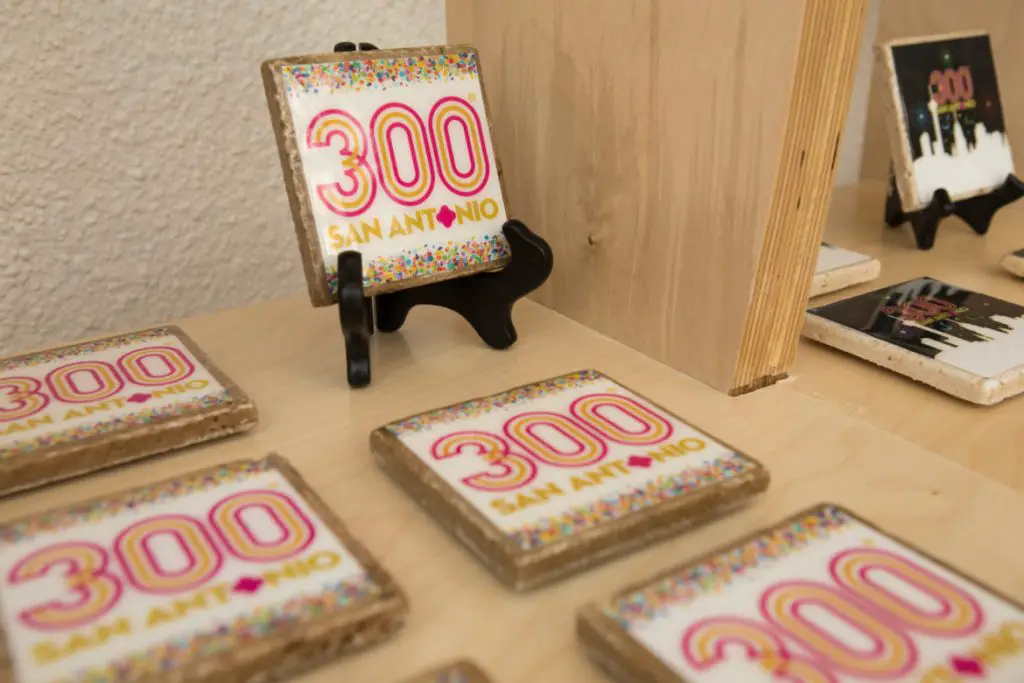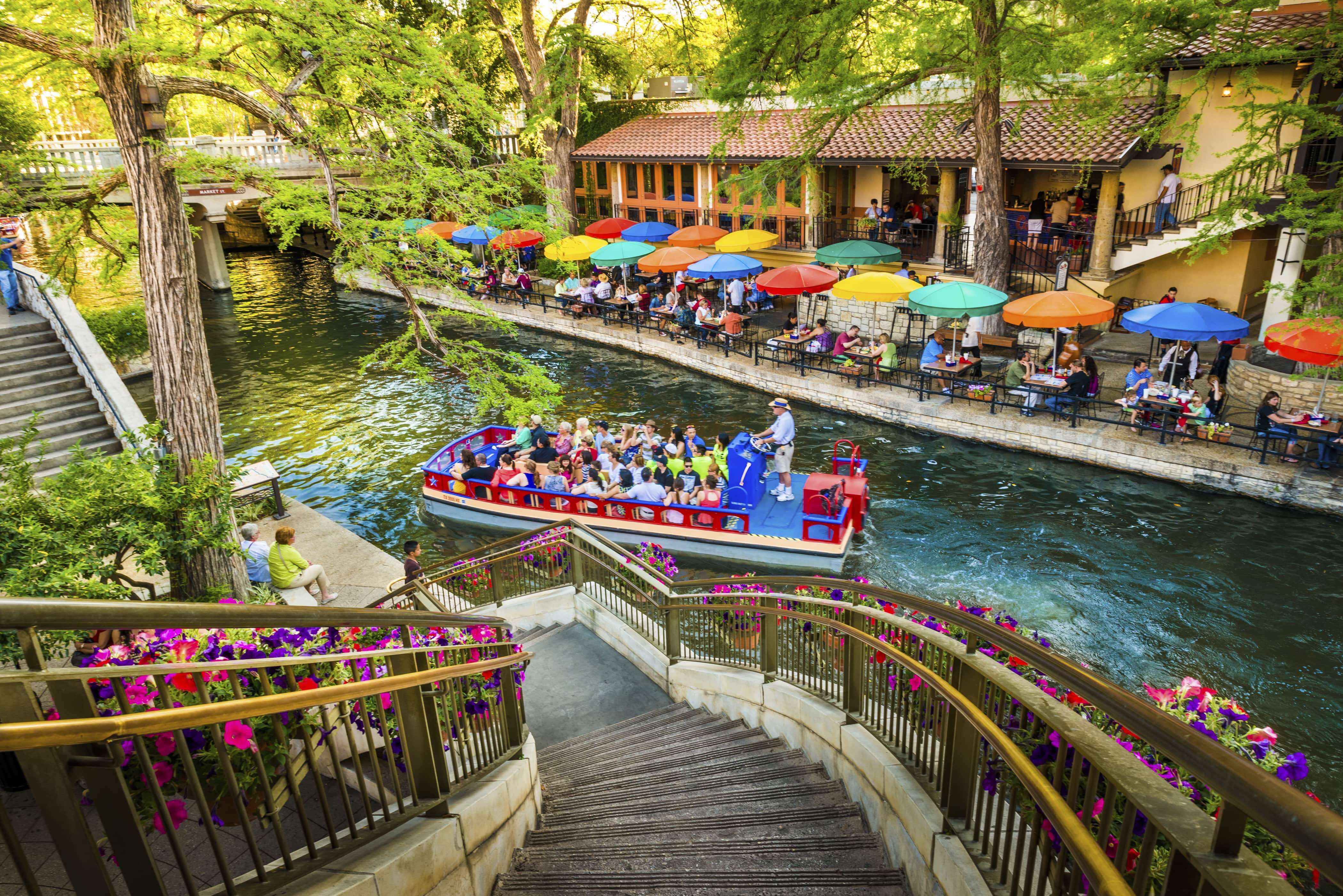This year marks the 300th anniversary of the first colonial settlement of the Yanaguana River. This outpost, the Misión de San Antonio de Valero, marked the first point of contact between the local Payaya people and the Spanish colonizers, who both sought the river as a source of sustainability.
A community eventually developed around the settlement, which came to be known as the Alamo, and the river became the site of the now-famous River Walk. These are the origins of the city of San Antonio, a place of rich and conflicting history, which is being commemorated through a year-long tricentennial celebration.
But what exactly is San Antonio celebrating, and how is it celebrating it? How is this tricentennial summarizing the city’s identity? How is the city imagining its future? What is the image that the city has decided to put forth for the whole world to see? This celebration is more than one big party; it is defining the city’s history, its present image and its aspirations for the future.
To be clear, this applies beyond San Antonio; the identity of a city is always a fabricated narrative. Certainly there are characteristics that are ascribed to it from the outside, but its culture is construed and put forth through its official documents, press and events. In this way, a city’s collective identity is always a selective mixture — it is a cherry picking of historical events, symbols and traditions.
In these narratives, choices are made as to what historical events are most important, which cultural lineages carry the most weight and which individual stories will define its people. More often than not, these choices were made primarily by those with money and social prestige.

In pre-Civil War San Antonio, these were Anglos who had immigrated to the area when it was still a part of Mexico. Their status evolved into a position of power that eventually phased out the Tejano aristocracy (Texans of Mexican heritage), and once they began holding influence, these new elite chose to focus on the battle of the Alamo as the community’s pivotal event.
This decision wasn’t malicious on its own, but it worked to justify the Anglo inheritance of San Antonio’s identity. And as the city grew, white power-holders had an increasing influence over its cultural image, which helped slowly erase Tejano traditions that were considered too “rowdy” or “backwards.” This construed identity now stands at the heart of San Antonio’s tourist economy, and it defines the city’s image to outsiders.
The Anglo image is what contextualizes the city’s tricentennial celebration. The very act of celebrating “300 years” places all the emphasis on the colonial roots of the city and ignores the people that existed before the Spanish. The Mexican heritage is there, but in superficial ways and in insufficient proportions. Instead, favor is given to European heritage and the missions.
This whitewashing is not unique to San Antonio; it’s a regular practice in cities across the United States and for the country as a whole. By omitting indigenous and non-white histories, the colonial structures that erased those narratives are upheld and perpetuated.
The tricentennial, then, has the potential to challenge this narrative of colonial dominance and the image that it’s built for San Antonio. The celebration serves as a collective act of reflection on the last 300 years and how the confluence of histories within that time have defined the city’s identity. The event is a crossroads for the city: It marks San Antonio’s best opportunity to reinterpret its image and decide how it will represent all of its history.
To San Antonio’s credit, it has been making small acknowledgements of this marginalized history as it continues to expand. The simple act of renaming a prominent space in the city to “Yanaguana Gardens” represents a large step toward expanding the city’s historical vocabulary. It will inspire curiosity from both locals and tourists alike, and being that it’s part playground, it will invite the questions of future generations.
This year, the city unveiled a mural alongside one of its new parks that displays a confrontation between the Spaniards and the Payaya. There isn’t much known about the indigenous tribes, but as they mixed (read: were forcibly converted) with the Spanish colonizers, they were inscribed into the city’s cultural history. This mural consciously recognizes them as such.
During the six days of Commemorative Week, one of the tricentennial’s main functions, the city focused the first few days as a time for reflection and learning. They illuminated, quite literally, some of the multiple histories that have led to the current San Antonio. This is an essential effort in expanding the city’s collective identity, as it gives life to many many marginalized narratives. These gestures show an initiative from the city to honor its multiple histories.
The tricentennial is a great impetus for this reflection, but it also can’t end there. There has been plenty of conversation regarding how the city will take shape over the next 300 years, but it shouldn’t get ahead of itself. It needs to reconcile its past and present before it can consider how it will become better.
It should be put into perspective that these are all still baby steps, however. There is plenty of uncomfortable history regarding the city’s exclusion of blacks and Latinos, and it is San Antonio’s responsibility to face that and welcome it into its collective narrative. All of this history makes the city’s identity much more convoluted and complex, but makes it all the more richer because of it.
So why should this matter to those from other cities? San Antonio is in a prime place to act as an example of how a community remembers its collective history and builds narratives that reinforce it. San Antonio can set a precedent for other cities and communities — especially the nation at large — on how to create an inclusive identity that honors all the myriad histories, cultures and the ensuing conflicts between them.
Therein lies the most important lesson: The collective identities that are built around communal spaces are never static, isolated or monolithic. Instead, they are fluid and encompass many overlapping histories that demand representation. An inclusive narrative is the only way to move forward, for both San Antonio and the rest of America.

















